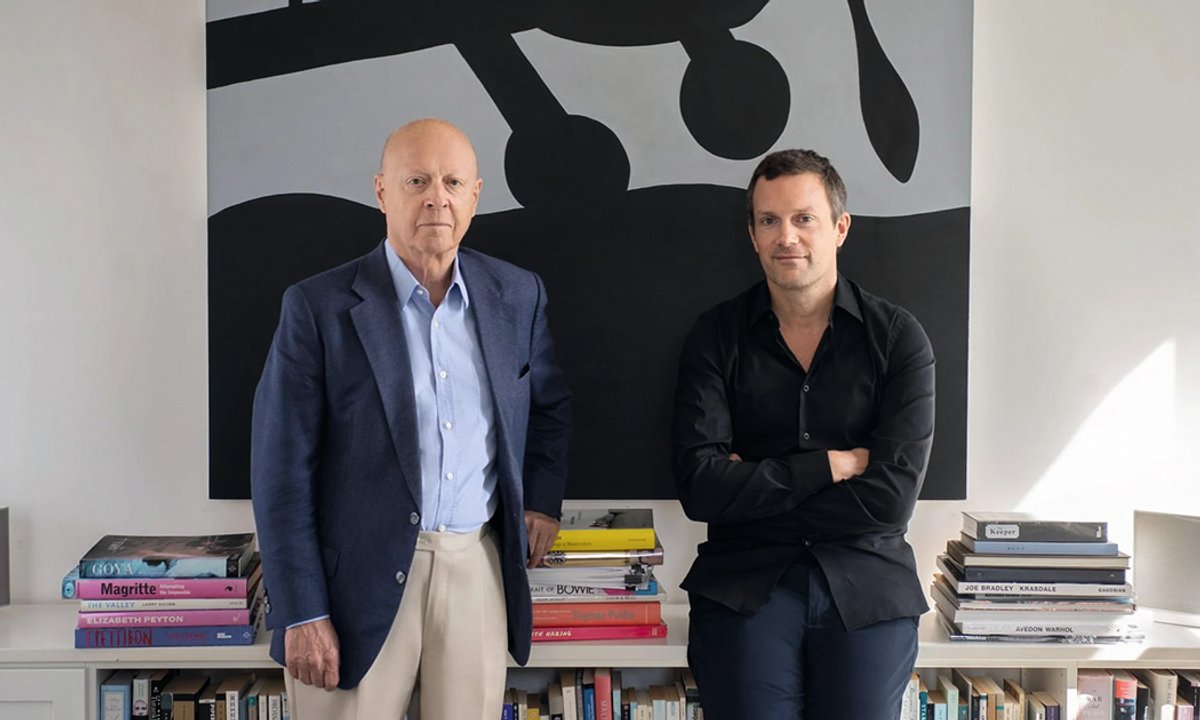
""It was a disruptive moment. The 21st-century category in particular was flooded with new interest from bankers and other financial guys," says Caroline Sayan."
""The combination of new money being made in financial services, its taste for the artists of the day and the availability of information created the 'art as an investment' craze that has pretty much dominated this century.""
""Even Neuendorf proved conflicted by what Artnet had unleashed, expressing regret to me (in the Financial Times) in 2019 that 'everything is about the numbers and not about the art.'""
""Auction houses and dealers lost a chunk of the asymmetry of information that had served them well, hence their initial objections (and threatened lawsuits).""
Artnet's valuation at €65 million by Beowolff Capital Management highlights its influence and limitations in the evolving art market. Founded in 1990, Artnet's database of auction lot prices since 1985 contributed to the influx of investment in art, particularly attracting interest from financial sectors. The influx of capital and available data enabled art to be perceived as an investment, transforming the industry. However, this data can be selective and misleading, often prioritizing numbers over artistic value. While transparency helped reduce information disparities, it also prompted pushback from traditional auction houses and dealers.
Read at The Art Newspaper - International art news and events
Unable to calculate read time
Collection
[
|
...
]